Teaching Minority Languages to Kids: A New Approach Can Help

I’m always amazed at how similar we can be with families in other parts of the world! A few years ago, when my husband and I began to consider raising trilingual kids, we couldn’t find much information about teaching minority languages like Chinese and Korean at home.
Now we have been blessed to know parents like Irene Chang. She and her husband speak 3 languages, and they are raising trilingual children in Australia.
Irene and I have talked a lot about how most of our friends focus on English and don’t feel confident about teaching minority languages to their children. However, we believe that families can succeed with the right resources, reasonable goals, and a supportive community.
I was grateful for the chance to interview Irene and learn about her trilingual family’s experience. Her reflections here reveal the importance of speaking minority languages at home. In addition, she shares how changing her approach made a big difference when she taught her kids to read Chinese and Korean.
Here are the details of Irene’s journey of raising trilingual kids!
Try this: Teach Your Child a Second Language at Home with 5 Key Steps
Please tell us about yourself and your trilingual family
I grew up in Taipei, Taiwan while my husband grew up in Pohang, a beautiful coastal city 1 hour away from Busan, South Korea.
My first language is Mandarin Chinese. I started learning English when I was about 12 yrs old. Now, I can also speak Korean with my husband but reading in Korean is still a work in progress.
My husband’s first language is Korean. He picked up English only after arriving in Australia. Although he can understand Chinese fairly well while I converse with my kids, relatives and friends, he cannot speak fluently yet.
We met in Australia in 2008 and decided to spend our lives together living down under. We spent a few years traveling around Australia and decided to settle in Perth, Western Australia, where we have now become a family of 5.
Currently, I am a homemaker and juggle being a mom to 3 beautiful kids, a wife, and promoting Le Le Reading system, hoping to help more and more children learn Chinese in a fun and easy way. My goal is to improve my Korean so I can help teach our children Korean better, too.

What 3 languages are your children acquiring?
We have 3 children:
- 7-year-old son
- 3-year-old daughter
- 10-month-old baby boy
We are raising them trilingual using the one parent one language method. I speak to them in Mandarin Chinese, while my husband speaks in Korean.
They are exposed to English in school and in interactions outside our home.
This I believe will be very useful and a versatile skill for them as they grow up.
7-year-old son
1. Learning Chinese from birth
Chinese was the first language that I introduced to him. However, as every kid uniquely varies in their formative years to pick up various abilities, (like walking, speaking, listening, responding, etc.) he started speaking quite late and was coherently conversing only by the age of 4 yrs.
One also has to take into consideration that he was our first born with no prior experience on our hands and living in a foreign country making familiarization with this language very limited for him.
Being all by himself and the outside of home environment becoming a major limiting factor, slowed down his initial development of the language skill.
Nevertheless, he grasped speaking very rapidly since about the age of 4 yrs. With his exceptional progress, in about a year’s time; at 5yrs, I started introducing him to read Chinese characters.
This was unfortunately another bump in the road and was quickly proving to be an unsuccessful endeavor for both of us. I realized (only much later) that the method that I had adopted for teaching him to read was highly ineffective and overly burdensome.
It was the traditional method involving lots of writing practice and boring letter familiarization from plain, undescriptive flash cards. He almost lost all interest and willingness to learn Chinese any further.
At that point, I was desperately looking for alternative ways to revive his interest. I stumbled upon Chalk Academy. I went through the teaching tips and was thrilled to find your blog.
I deeply resonated with it, and it greatly influenced me. It helped me change my teaching method for reading by inculcating fun Chinese activities.
As I changed my earlier approach, I was delighted to see positive changes starting to show up in him almost instantly.
He once again got back to taking active interest in learning to read Chinese and derived joy in reading together; with me. His ability has enhanced due to this approach and what we lovingly call the ‘Literacy Through Literature’ method.
Related: Top Tips for Teaching Chinese from Teacher and Author Cathy Ju Yao
As for developing his writing abilities in Chinese, I am in no rush, nor very keen on pushing this with him, at this stage. I prefer he gains deep familiarization and understanding with reading first, so that the motivation self-propels him to learn to write at an appropriate future date.
Along with this, there is always the option to type in Chinese now (thanks to technology!), using Pinyin, which again he can start to learn in a year from now, as he already has his hands full in the language department.

2. Learning English at school
He started to learn proper English only at the age of 5 yrs, when he started attending preschool for 2.5 days a week.
We did not want to burden him with too many languages in his earlier years (except for exposure outside of home), knowing full well that his later years would almost entirely comprise of English, growing up and living here in Australia.
Therefore, we reasoned that it would be quicker and most likely easier to grasp this language at a later stage.
He took some time to acquaint himself to this new language at school, which wasn’t an issue for him while playing and making new friends.
However upon recommendation, as a precautionary measure suggested by his teacher, we consulted a speech therapist to ensure he maintains a steady pace with his classmates.
The specialist attributed the slow progress to his multiple language learning curve but reassured us that this would not hinder his overall progress or have any lasting adverse effects on the child.
In his 2nd year, which changed into a full-time public curriculum, he spends far more time in an English-speaking environment and has just started learning to read English in school.
His progress in learning English is far more advanced now. He is able to read in English with ease, and his teachers complement him to be the best among his peers.
Try this: 10+ Ways to Find a Language Teacher for Your Child
3. Learning Korean at home
He started to talk in Korean around 3 years of age and has just started to learn to read now. His exposure to Korean is not as much as Chinese and English due to limited interaction.
Mainly my husband speaks to him in Korean, we have Skype calls to my parents-in-law, and we listen to Korean audio books.
My son completely understands but hesitates currently to speak fluently.
3-year-old daughter
1. Learning Chinese from birth
Chinese was introduced to her as her first language as well. Each kid being different, she started picking up language very early compared to the elder one.
Another thing to note here is that this time we were prepared 😉 She started to talk before she was even 2 years old. At age 3yrs, which is right now, she is progressing very fast, learning to read and remembering in the company of her elder brother.
I believe that children learn faster in the company of their age group, and this has significantly impacted both the kids positively.
2. Learning English passively
This is the language she is least exposed to at the moment. She understands when people speak to her but seems very shy to reply back in English.
I would like to give it time before any intervention.
She has just started to recognize the letters.
3. Learning Korean quickly at home
Similar to Chinese, she has picked up Korean fast as well.
She started interacting in Korean since 2 yrs of age as well and is learning to recognize Hangul just now with her older brother.
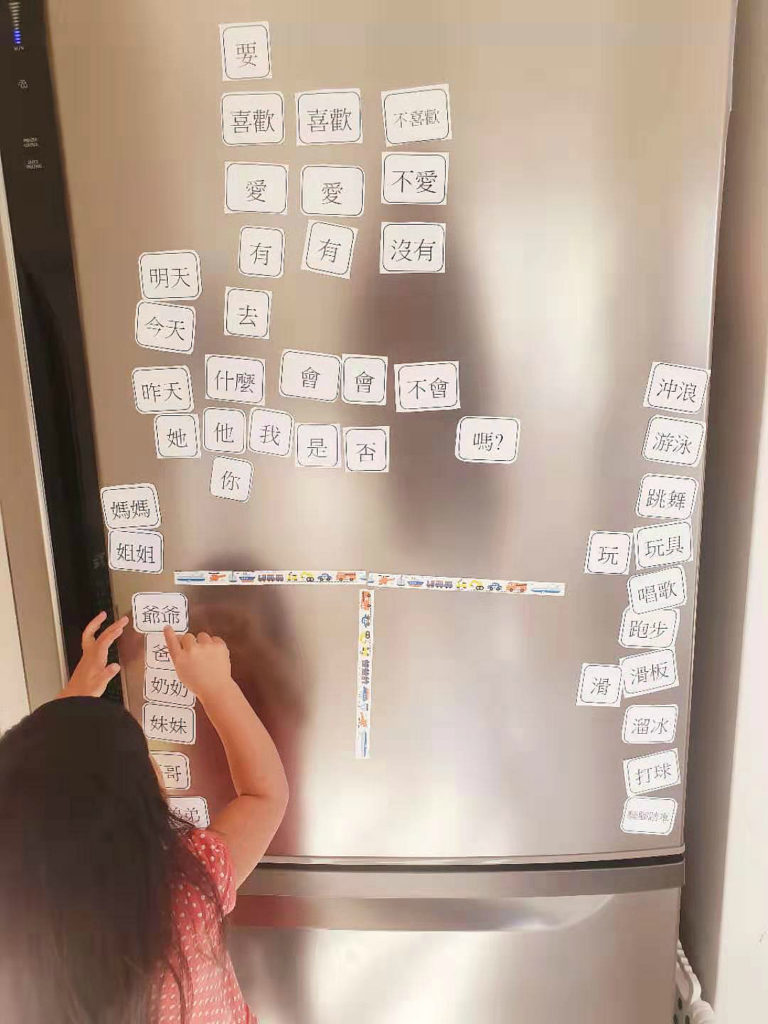
10-month-old baby
We speak to this one in babble tongue for now! JK, Haha…
We all contribute and enjoy giving him loads of verbal and nonverbal input in Chinese and Korean.
The elder kids enjoy it, and hopefully this will make it easy for him when he is old enough to start speaking.
Related: Best English and Chinese Books for Babies According to a Pediatrician
What other challenges have you experienced with teaching minority languages at home in Australia?
My husband and I believe it is very hard for children to retain their minority languages.
As we live in Australia, it is easy for our children to pick up English. Therefore, our focus has been spending all of our time and efforts into helping them develop Chinese and Korean.
1. Language development with unilingual versus trilingual children
Some of the challenges that have arisen due this arrangement is that we are questioned why our children’s language ability are behind compared to others of their age who are only unilingual.
2. Language dominance affected by school
When my eldest started going to school, he was very inclined to use English at all times; even at home. I guess this was because he enjoys it a lot with his English-speaking friends at school.
Nevertheless, we had to really encourage him to find his own reasons to learn Chinese and Korean, so we stuck to our rule. And now he actually feels more comfortable talking to us in minority languages as he is so accustomed to it.
3. English preference at playdates
Finding families with similar interest in developing native language abilities is very difficult as most parents prefer that their kids develop only English foremostly.
Even when I organize playdates with other Chinese speaking families, the kids usually speak in English with each other while playing.
Related: Raising Multilingual Children is Possible for Non-Fluent Parents
What resources have been most helpful for your children to learn Chinese?
Our absolute favorites so far have been:
- Le Le Chinese Reading System and its audio pen
- Chinese activities and ideas on Chalk Academy blog
- Traditional Chinese books from Taiwan
- Chinese audiobooks on Ximalaya
We love your activities! What other benefits have you seen from Chinese activities?
Thank you. We have a lot of fun doing them.
We highly believe that our children’s language learning abilities grow through playing and activities. By using hands-on activities, learning is kept interesting and subliminally enhancing their skills.
Like I mentioned earlier, last year when I tried to teach my son through writing and memorizing Chinese characters, it was so boring that he quickly found ways to avoid learning altogether.
One other interesting observation I had is that this is the same teaching method that is used in schools here, so it is easy for the kids to understand and be familiar with.
We immensely enjoy doing all these activities with them, and it allows us to spend quality time as a family.
What are your favorite resources for teaching kids Korean?
Currently our kids just use some random materials that their grandparents sent from Korea.
But I am very much looking forward to visiting Korea soon, and hopefully I can find some good resources to share with you. 🙂
Many thanks to Irene Chang for thoughtfully reflecting on her family’s journey of raising trilingual kids and teaching minority languages.
Hearing Irene’s experience and knowing that there are families out there like ours has been a tremendous source of encouragement!
If you are experiencing challenges or resistance from your children, I hope you feel empowered to try a new approach and see if that helps!
大家加油!(Dàjiā jiāyóu!)
Are you teaching minority languages at home to your children?
Please leave a comment with any questions or experiences that you’d like to share.
Real stories can empower other families to embrace minority languages and raise multilingual, multicultural children.


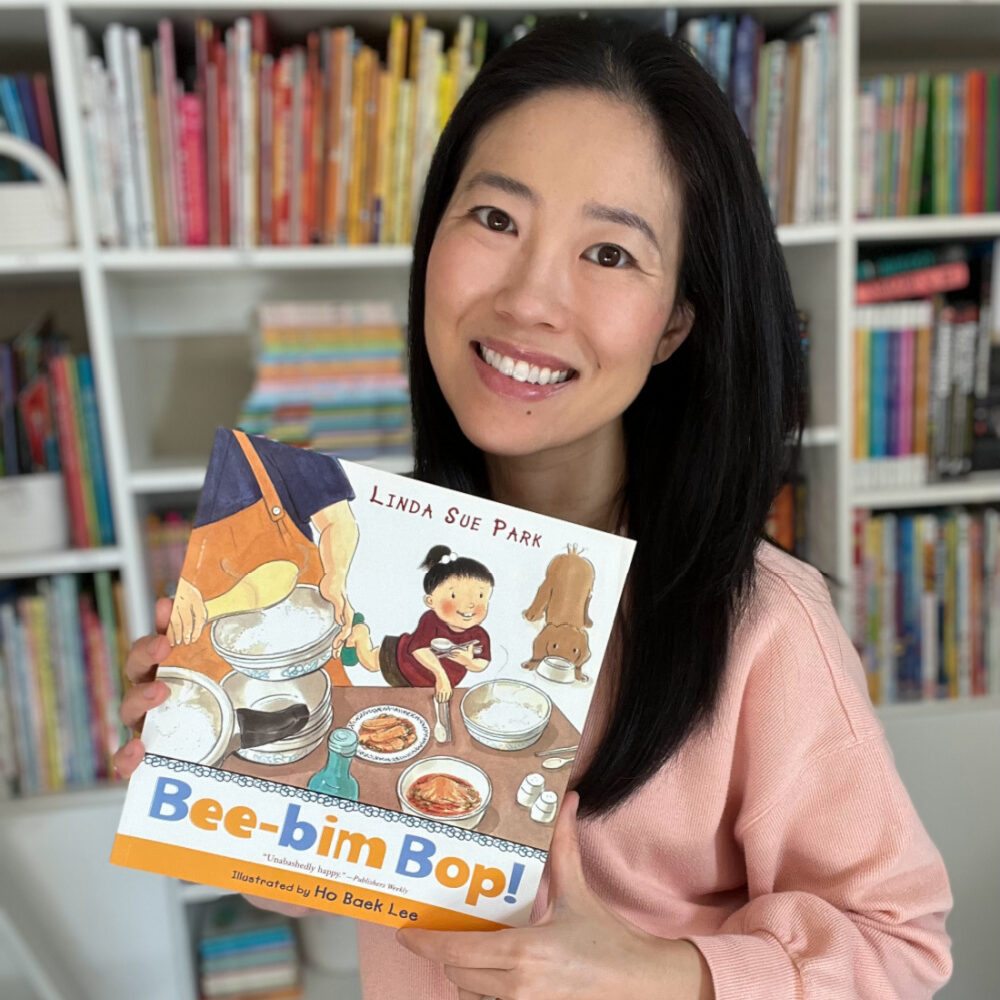
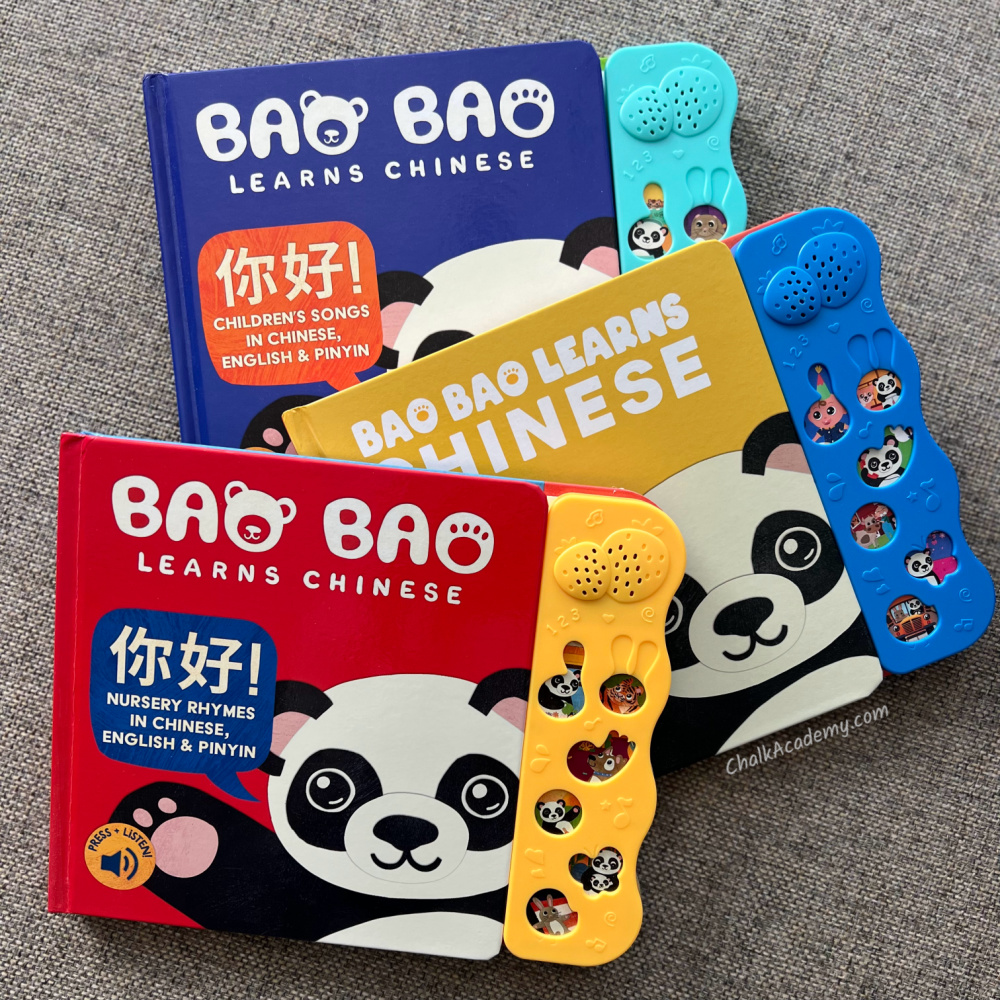
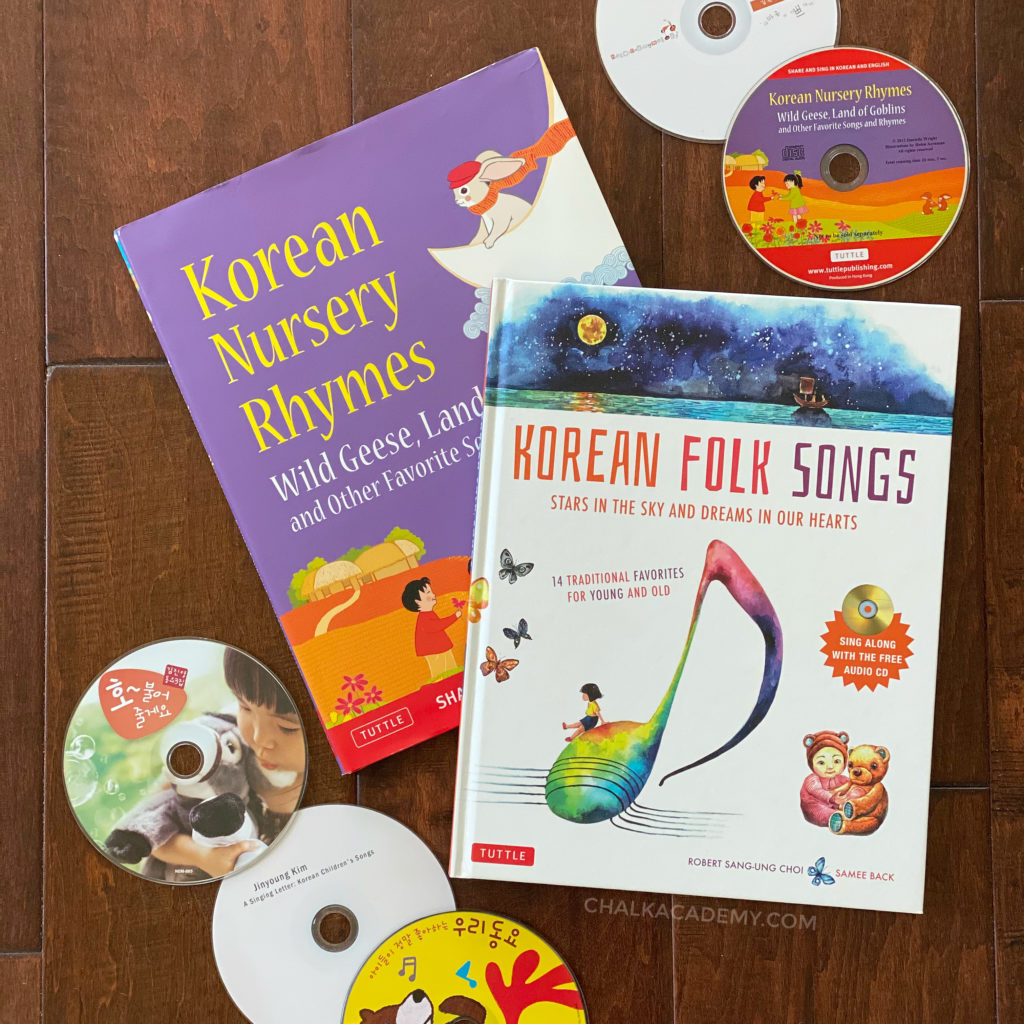

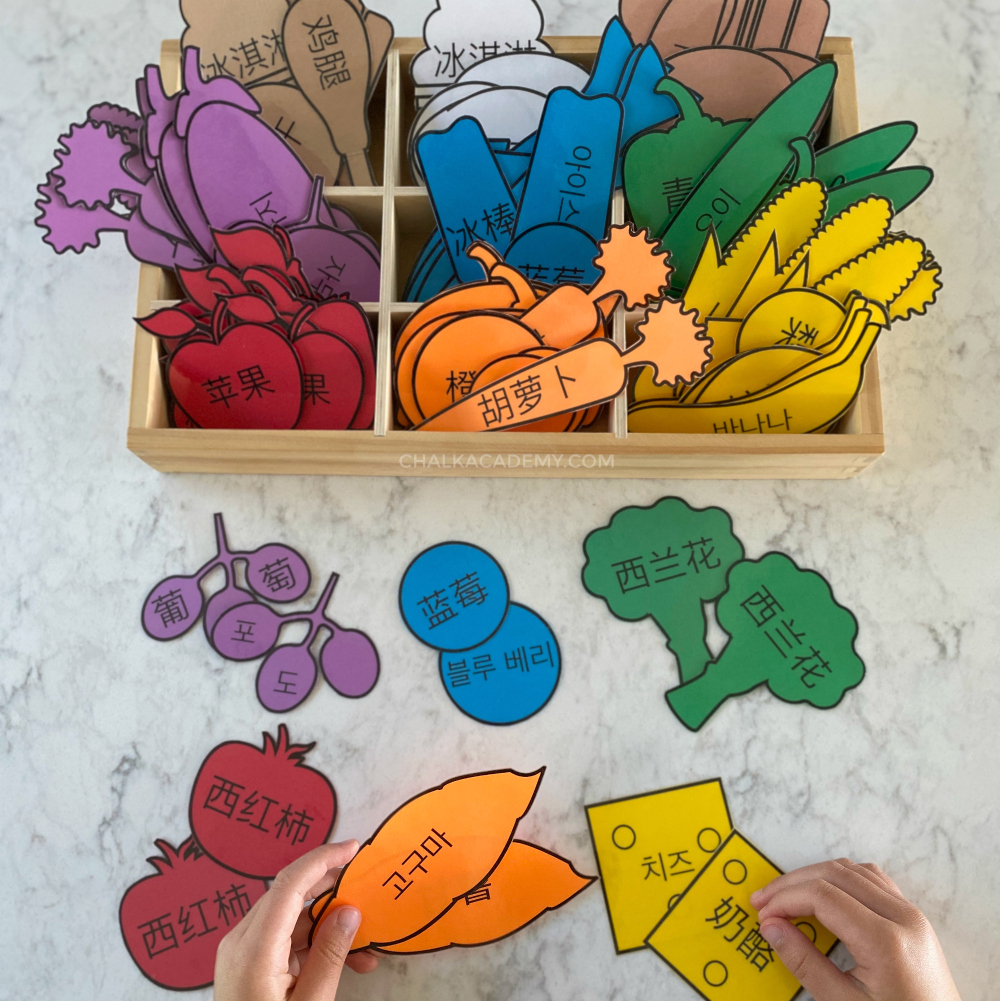
Betty, thank you so much for your blog. I’ve been poring over it the last week or so. My husband is Japanese American (born in Northern California), didn’t grow up speaking Japanese in his family, but later learned abroad and as an adult in college and in Japan. I was born in Boston and raised in a Cantonese speaking family. My mother was very diligent with teaching us Cantonese growing up, but we generally learned (if lucky) 3rd grade fluency. I went to Chinese Cantonese school on the weekends, but hated it. In college, I learned Mandarin, and then went to study in Beijing for a few months after I graduated. We have a child that is (almost in a week and a half!) a year old and only speak Cantonese and Japanese to her. She speaks about 8-10 Cantonese words and 2-3 Japanese words at this point. It’s so endearing. I’m lucky enough to have my parents live close by who serve as on demand interpreters and I’m encouraged by my sister’s kids. She has a 6 year old and a 3 year old. They are trilingual with Cantonese being their main language, then Japanese, and now a small amount of English as my niece is starting to go to school. It just so happens that my sister married a guy that grew up in Japan. So we know it can be done! We are also lucky that we have a bilingual Japanese daycare nearby. Our kid went to 2 hours of if before quarantine happened, so really, we are just full time bilingual (Japanese and Chinese) daycare at home right now. I am so thankful for you and what you’ve put out publicly (and free!). I think there’s such a strong connection between knowing our native language and the line that we draw from our ancestors to our children. While I’m thankful for you activities and ideas (definitely!), I’m especially thankful for your deep and honest reflections on your journey. I’ve said multiple times (today, even!) to my husband that I want to pluck you out of virtual land and give you a big bear hug. Thank you for your blog. It’s worth its weight in gold. I’ve told everyone I know who is going on the bilingual/trilingual journey about your website.
Where do you get the chinese character magnets for the fridge?